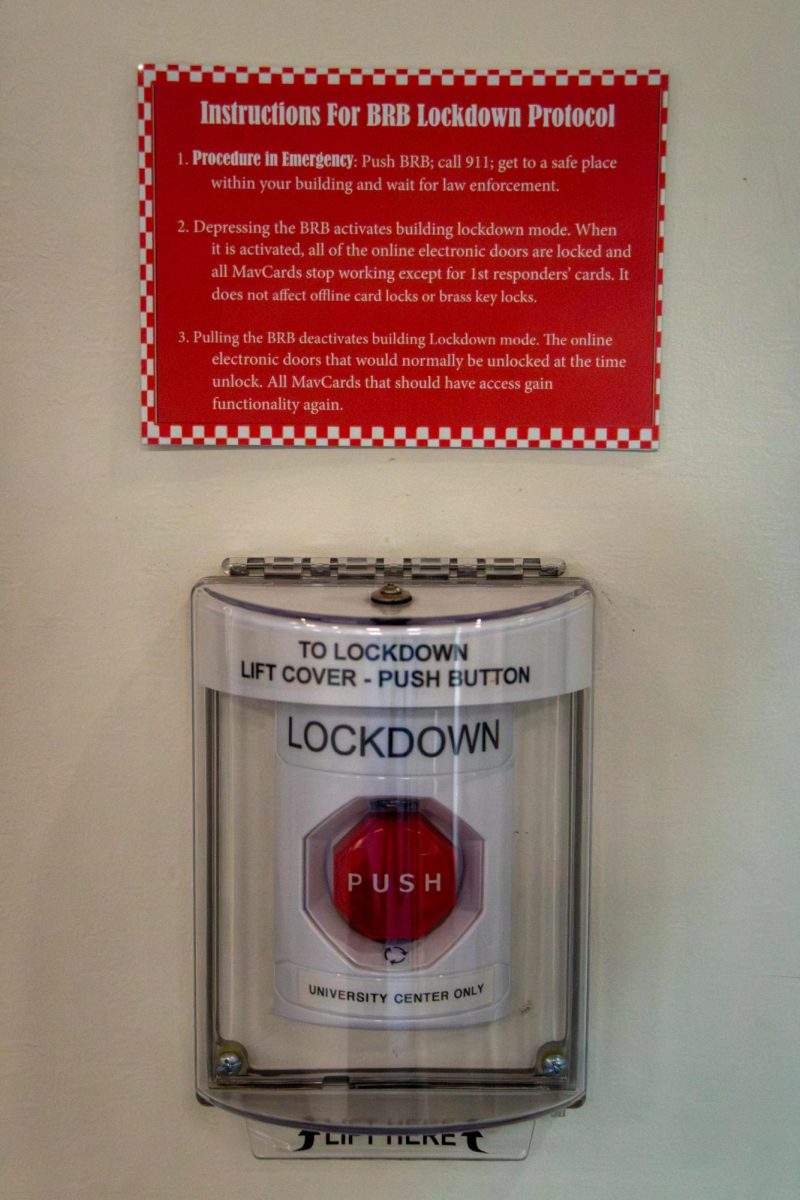Dipping only 2.9% for the Fall 2020 semester, enrollment for Colorado Mesa University (CMU) has stayed relatively strong despite the COVID-19 pandemic, according to the student profile published by CMU’s Institutional Research.
Enrollment for the Fall 2020 semester was totaled at 9,110 students across both the main and satellite campuses, including WCCC and Montrose. This 9,110 was down from the 9,373 recorded in the fall of 2019.
This dip was not entirely because of coronavirus. From the fall semesters of 2016 to 2019, the university’s enrollment shrank by an average of 1.27%, and likely would have remained similar for 2020. COVID-19 added to that total.
“CMU continues to be proud of the Safe Together Strong Together efforts and the Future is Now spring planning effort because through the hard work of CMU students, faculty and staff, the university managed to limit enrollment decline,” Vice President of Student Services Liz Howell said.
COVID-19 has impacted the enrollment of universities across the nation. According to the National Student Clearinghouse Research Center, almost 22% of seniors in high school who graduated then immediately went to college for the Fall 2020 semester.
“If we look across the state there are institutions shuttering buildings and laying off employees and CMU hasn’t had to even consider drastic measures like that,” Howell said.
This is true, as universities such as CU Boulder and University of Denver saw layoffs and budget reductions as a result of coronavirus.
Given that some students feel more comfortable with online learning because of the pandemic, CMU saw 840 online-only students during the fall 2020 semester, and an increase by over 50% of total students with some online classes in their curriculum, to almost 5,000 students.
Mesa has been trending towards the mold of a more “traditional” college for years now, with the demographics skewing younger and more diverse since data collection began in 2004. Over 82% of the student body is what can be considered “traditional age,” compared to around 70% in 2004. Under-represented groups jumped from 12.9% of the student body to almost 30% for 2020.
While the university works on the Spring 2021 data, historically, the spring term has fewer students than the fall, usually by over 500 students.
“There are many factors that might influence this general trend. Two stand out as noteworthy,” Howell said. “The first includes a general rule that for incoming freshmen who do not return they are likely to not return the second semester of the year if the first was not a good fit for them. The second potential reason is that some programs require four years and an additional semester.”
Other factors could include that traditionally, students transfer to CMU in the fall instead of the spring.
It is unclear how total enrollment will look for this current semester, but a significant decline would be unlikely.














